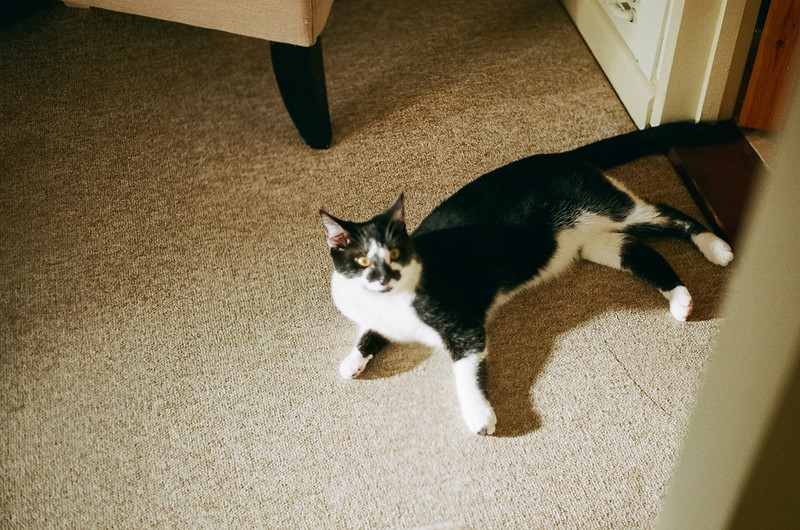- Messages
- 1,559
- Name
- Craig
- Edit My Images
- Yes
Some of the shots on the last roll of film have something odd happening, the picture below shows it the most. You can see a stripe down the centre of the picture that is out of focus and whilst this picture isn't focused properly anyway, it is quite apparent if you look at the hill in the distance near the branches on the right, this area is sharper than the central part which is the same distance away. It also looks a bit soft on the left hand side.
What could cause this? The film not sitting quite flat? Dodgy lens? This is likely just be me being crap at manual focus but it seems odd.

R1-04467-0003 by Craigus89, on Flickr
What could cause this? The film not sitting quite flat? Dodgy lens? This is likely just be me being crap at manual focus but it seems odd.

R1-04467-0003 by Craigus89, on Flickr


 000107130007
000107130007 000107130009
000107130009 Photo 10-02-2018, 12 02 43
Photo 10-02-2018, 12 02 43 Photo 10-02-2018, 12 02 18
Photo 10-02-2018, 12 02 18 Photo 10-02-2018, 12 02 53
Photo 10-02-2018, 12 02 53 Photo 10-02-2018, 12 04 12
Photo 10-02-2018, 12 04 12 Photo 10-02-2018, 12 04 21
Photo 10-02-2018, 12 04 21